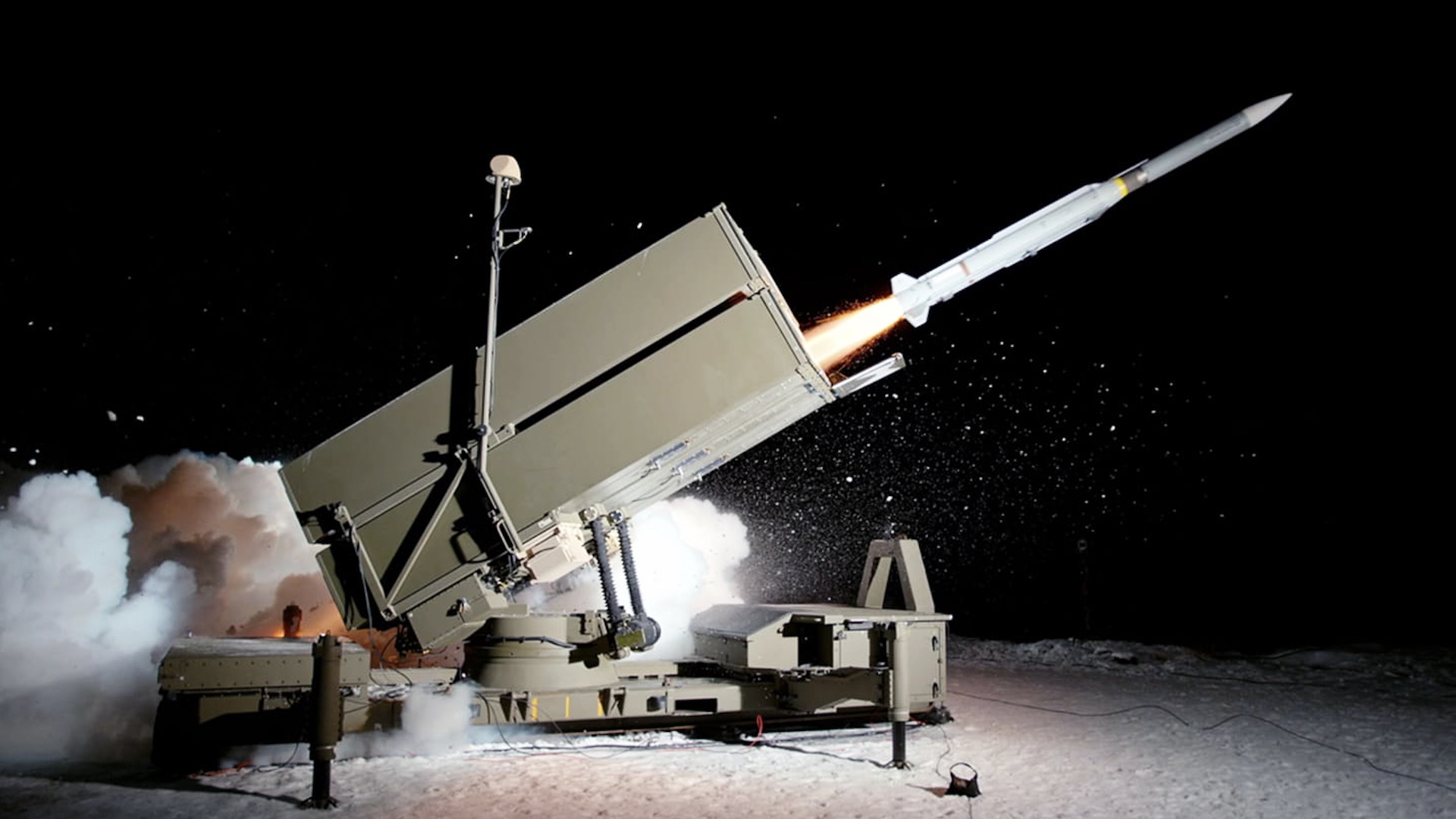Taiwan is lining up to become the next customer for the combat-proven National Advanced Surface-to-Air Missile System (NASAMS) air defense system after the United States approved its sale to the country. The introduction of the system would be a considerable boost to Taiwan as it seeks to bolster its air defenses in the face of the growing and increasingly advanced nature of the threat posed by Chinese aircraft, missiles, and drones.
As is typically the case for major U.S. arms sales, the Pentagon’s Defense Security Cooperation Agency (DSCA) announced the State Department’s approval of the NASAMS package for Taiwan last week. The possible Foreign Military Sale could be valued at up to $1.16 billion. The proposed deal consists of three NASAMS systems, each of which includes an AN/MPQ-64F1 Sentinel radar. Other related hardware comprises an undisclosed number of fire distribution centers (FDC), canister launcher systems (CLS), electro-optical/infrared (EO/IR) systems, and tactical control center (TCC) systems.

The systems will be provided with up to 123 AIM-120 Advanced Medium-Range Air-to-Air Missiles-Extended Range (AMRAAM-ER). Designed specifically for NASAMS, the AMRAAM-ER combines elements of the RIM-162 Evolved Sea Sparrow Missile (ESSM) and newer versions of the AIM-120 AMRAAM. The resulting missile offers a significant boost in maximum range and engagement altitude over a standard AIM-120 fired from a NASAMS launcher. You can read more about the AMRAAM-ER and its capabilities here.
Armed with standard AMRAAMs, NASAMS is capable of engaging targets from relatively close ranges to up to roughly 20 miles away and from around 1,000 feet to 50,000 feet, making it notably flexible. Leveraging the ESSM’s motor and control section reportedly increases the engagement range by about 50 percent and increases the ceiling by 70 percent.
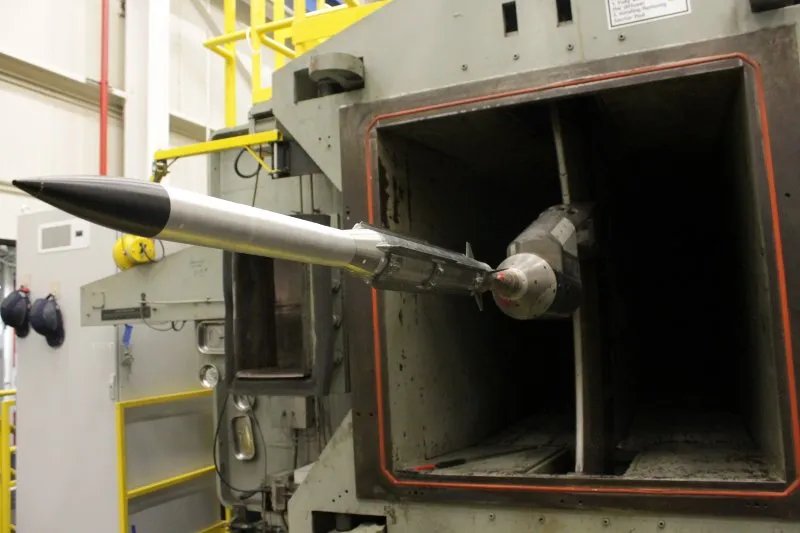
However, NASAMS can also fire other missiles, too, as we will discuss in a moment.
Related equipment in the package includes Multifunctional Information Distribution Systems (MIDS) and MIDS Link 16-capable radios, radar communication nodes, IPS-250X High Assurance Internet Protocol Encryptions (HAIPE), KIV-77 identification friend-or-foe (IFF) systems; AN/PSN-13 Defense Advanced Global Positioning System (GPS) receivers (DAGR), and more.
It should be noted that approved foreign arms sales announced through DSCA are not final and are subject to change, including as a result of negotiations between the country in question and relevant defense contractors.
According to a statement from the DSCA, “The proposed sale will improve the recipient’s capability to meet current and future threats by contributing to the recipient’s abilities to defend its airspace, provide regional security, and increase interoperability with the United States through its NASAMS program.”
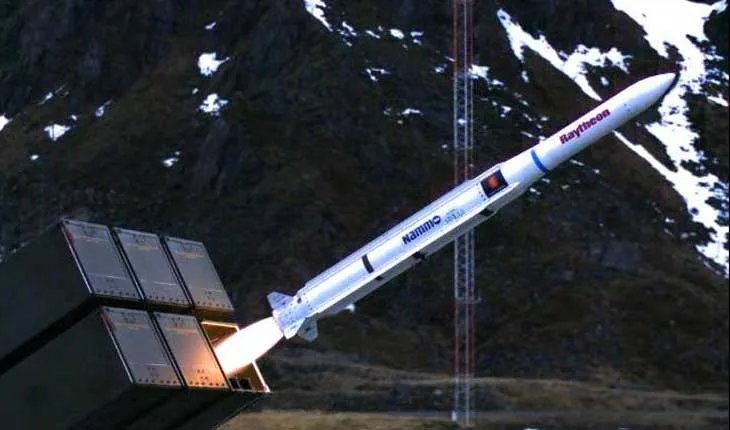
“This proposed sale serves U.S. national, economic, and security interests by supporting the recipient’s continuing efforts to modernize its armed forces and to maintain a credible defensive capability. The proposed sale will help improve the security of the recipient and assist in maintaining political stability, military balance, and economic progress in the region,” the DSCA adds.
As we have examined in the past, in relation to the transfer of NASAMS to Ukraine, this is a medium-range air defense system that can engage a variety of aerial threats. The system is especially useful for intercepting cruise missiles and one-way attack drones, weapons that China would use if it were to conduct strikes against targets in Taiwan. It also has a very limited capability against short-range ballistic missiles under certain circumstances.
NASAMS has a modular architecture that allows for the use of a number of different radars and other sensors, as well as launchers, in a single battery, depending on the variant, all tied to a central fire distribution center. The system can be integrated into a larger integrated air defense system (IADS) consisting of disparate sensors and weapons, which is especially useful for Taiwan and its demanding requirements vis-à-vis the Chinese threat.
Another huge advantage of NASAMS, and one we have discussed in great detail before, is its ability to fire ubiquitous AMRAAMs.
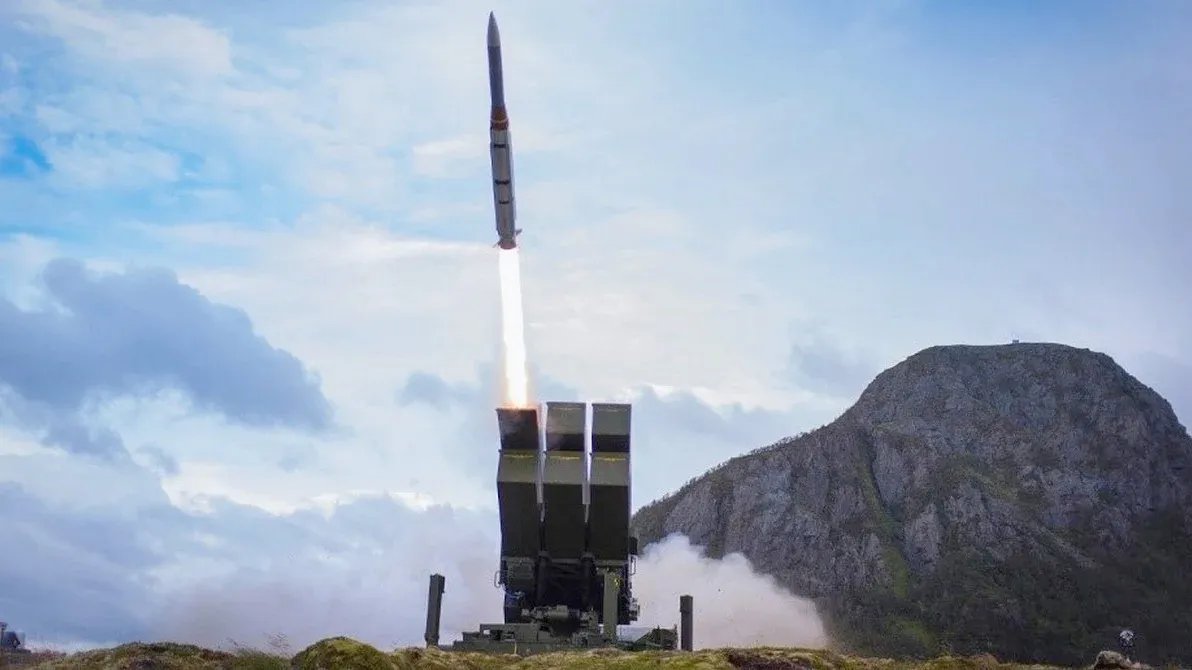
In fact, the primary armament for NASAMS is the exact same AIM-120 AMRAAMs used around the world by fighter aircraft in air-to-air applications. There is no requirement for a special AMRAAM variant or major modifications to existing missiles. In this way, Taiwan’s NASAMS can also be provided with ‘effectors’ direct from the existing stocks of missiles used by Republic of China Air Force (ROCAF) F-16 fighters.
In addition, NASAMS is able to fire infrared-homing AIM-9X Sidewinder and IRIS-T missiles, the former of which is also used by the ROCAF’s upgraded F-16V fighters.
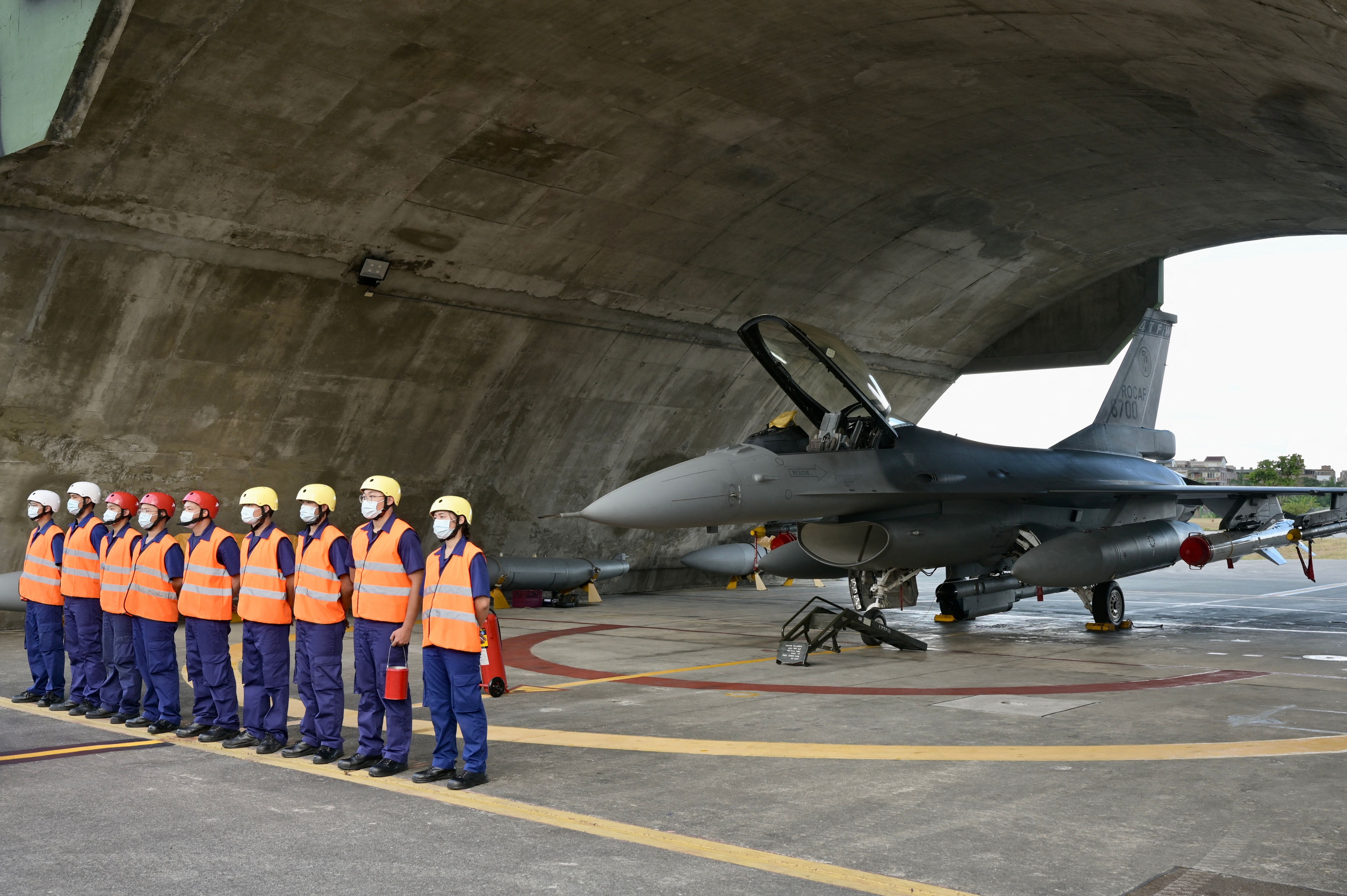
While the ability to use missiles from existing stocks in NASAMS is clearly a big advantage for Taiwan, it should also be noted that there have been concerns in the past that the number of AMRAAMs available to the ROCAF is much too small to offer resilience in any kind of protracted conflict with China.
According to reports, the ROCAF has around 300-400 AMRAAMs to arm its F-16s, insufficient to counter the huge Chinese aerial threat. With a fleet of around 140 F-16s, this would provide for just over two missiles per aircraft. In times of particular tension, therefore, Taiwan would be expected to place emergency orders with the United States for more AMRAAMs and other critical munitions. But could those weapons even reach Taiwan in time if a major conflict were to erupt?
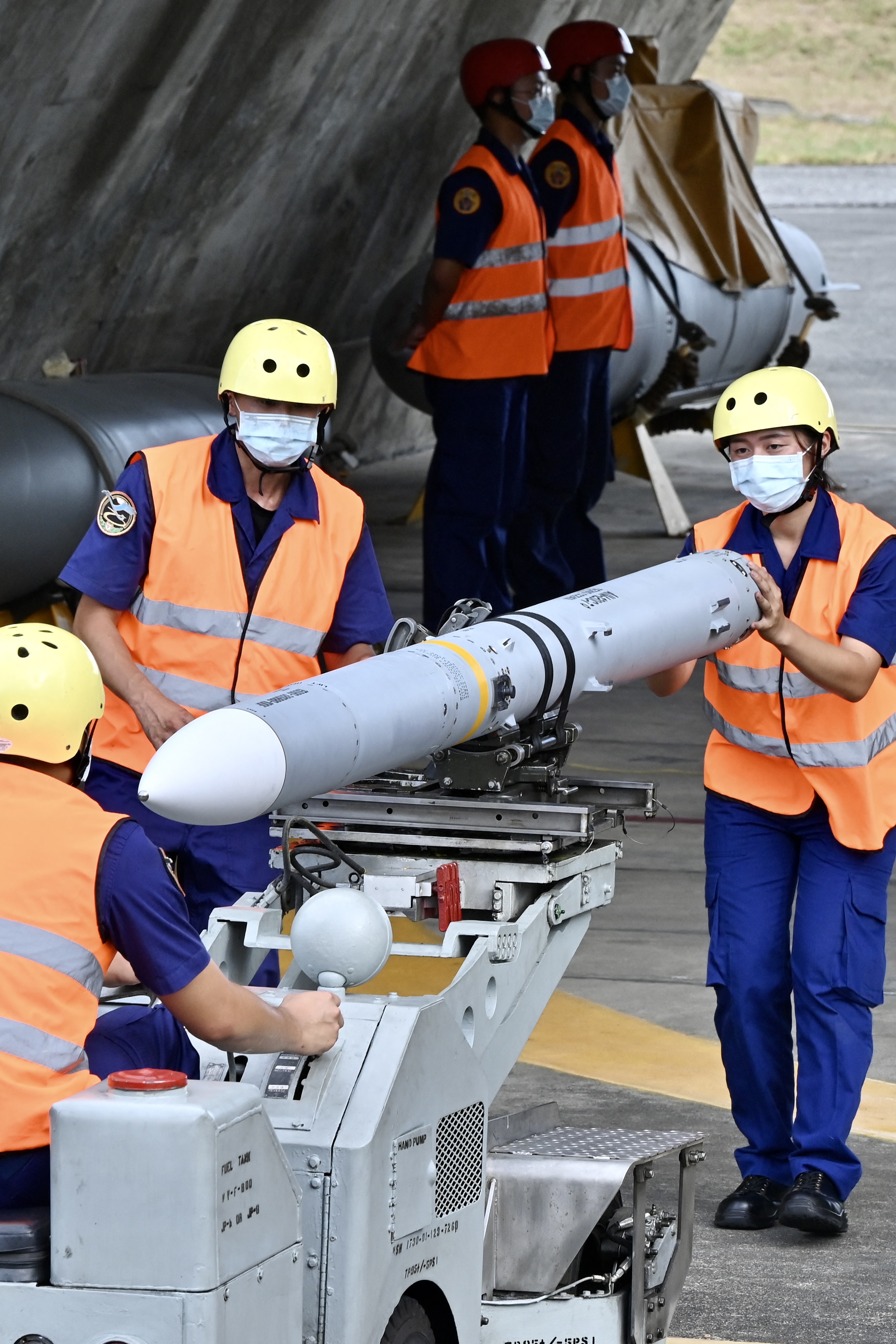
In its favor, the ROCAF does operate some notably advanced AMRAAM versions, with orders for AIM-120Cs being approved as long ago as 2000. The first batch of AIM-120C-5s had been delivered by late 2003, with another sale of AIM-120C-7s being approved in 2007.
Should China and Taiwan go to war, there exists the possibility, at least, to feed the NASAMS using a vast global stockpile of AMRAAMs to support the kind of high-intensity conflict that this would involve.
NASAMS is far from a total solution for Taiwan, especially with just three systems currently in the country’s sights.
Once procured, it will form part of a multi-layered integrated air defense system that is an absolutely fundamental component of Taiwan’s ability to defend against an aerial attack from China should Beijing ever go on the offensive against the island, which it sees as a breakaway province.

Among the key Chinese threats that NASAMS could help defend against are land-attack cruise missiles, which could be launched from bombers, submarines, and surface combatants, as well as from ground-based launchers. They would likely be used to try and knock out Taiwanese air bases and other key military infrastructure across the island.
Then there is the growing threat posed by Chinese drones. These are increasingly being tested in swarms, which would be a huge challenge for Taiwan’s defenses. As well as being used for one-way attack missions, drones would likely also be used for surveillance missions, locating targets for stand-off strikes, as well as employing electronic warfare jammers, or even systems able to launch cyber attacks to confuse and overwhelm the island’s defenses, or simply harass Taiwanese forces.
A video showing a Chinese drone swarm experiment involving loitering munitions launched from a light tactical vehicle:

Should the NASAMS deal go through, the systems will provide a lower-tier complement to the domestically developed Tien Kung (Sky Bow) surface-to-air missile systems, which have now fully replaced Taiwan’s MIM-23 HAWK surface-to-air missile systems. The last of the HAWKS were formally retired in 2023, after which Taiwan reportedly agreed to provide Ukraine with some of these upgraded systems.
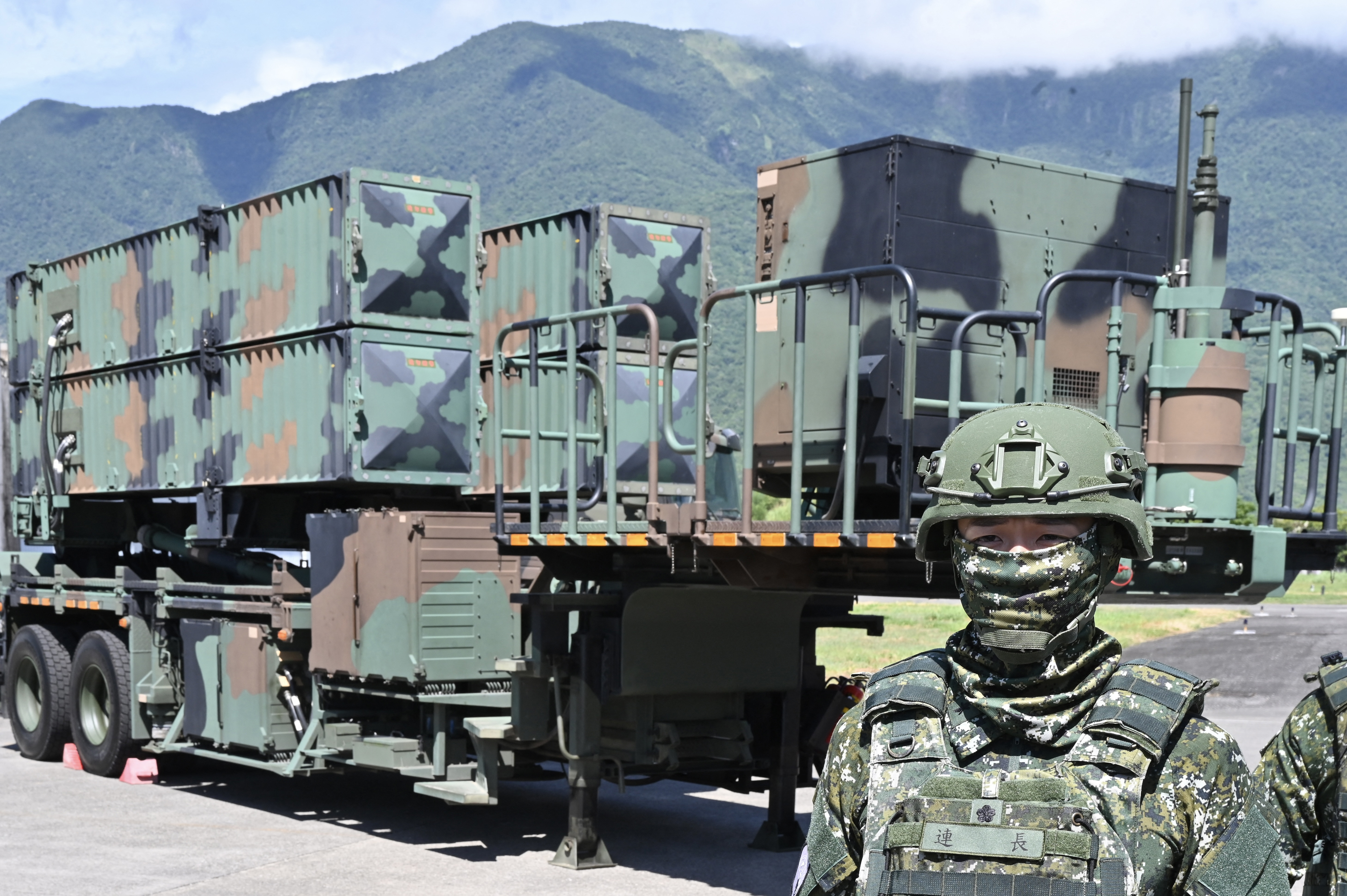
The Tien Kung is fielded in different versions. The Tien Kung I has a maximum range of 63 miles and can only engage aircraft targets but can be deployed in vertical-launch silos at fixed sites and on mobile trailer launchers. The Tien Kung II offers around twice the range and can also engage cruise missiles but is only deployed in silos. Finally, the Tien Kung III has a reported range of 125 miles and is primarily an anti-ballistic missile (ABM) system, broadly equivalent to the U.S.-made Terminal High Altitude Area Defense (THAAD) system.
Taiwan also operates U.S.-supplied Patriot Advanced Capability 2 and 3 (PAC-2 and PAC-3) systems, which provide additional ABM capabilities and long-range air defense against a broad range of threats.
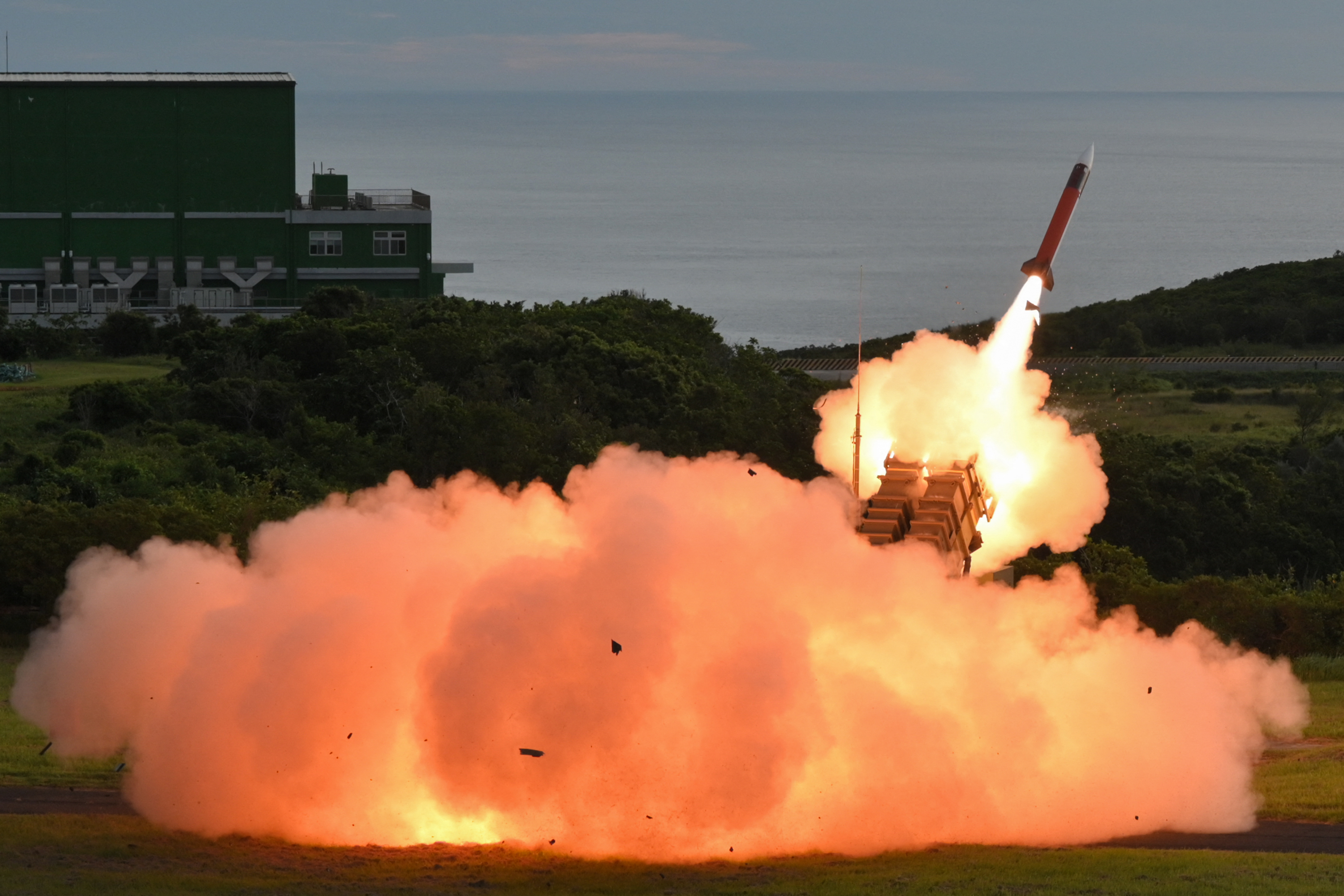
For the air protection of military infrastructure and point defense, Taiwan also fields the vehicle-mounted Jie Ling (Antelope) short-range air defense system, armed with Tien Chien (Sky Sword) I missiles. The country also uses a unique version of the Skyguard air defense system that combines Oerlikon 35mm guns, firing Advanced Hit Efficiency and Destruction (AHEAD) ammunition with RIM-7 Sea Sparrow missiles.
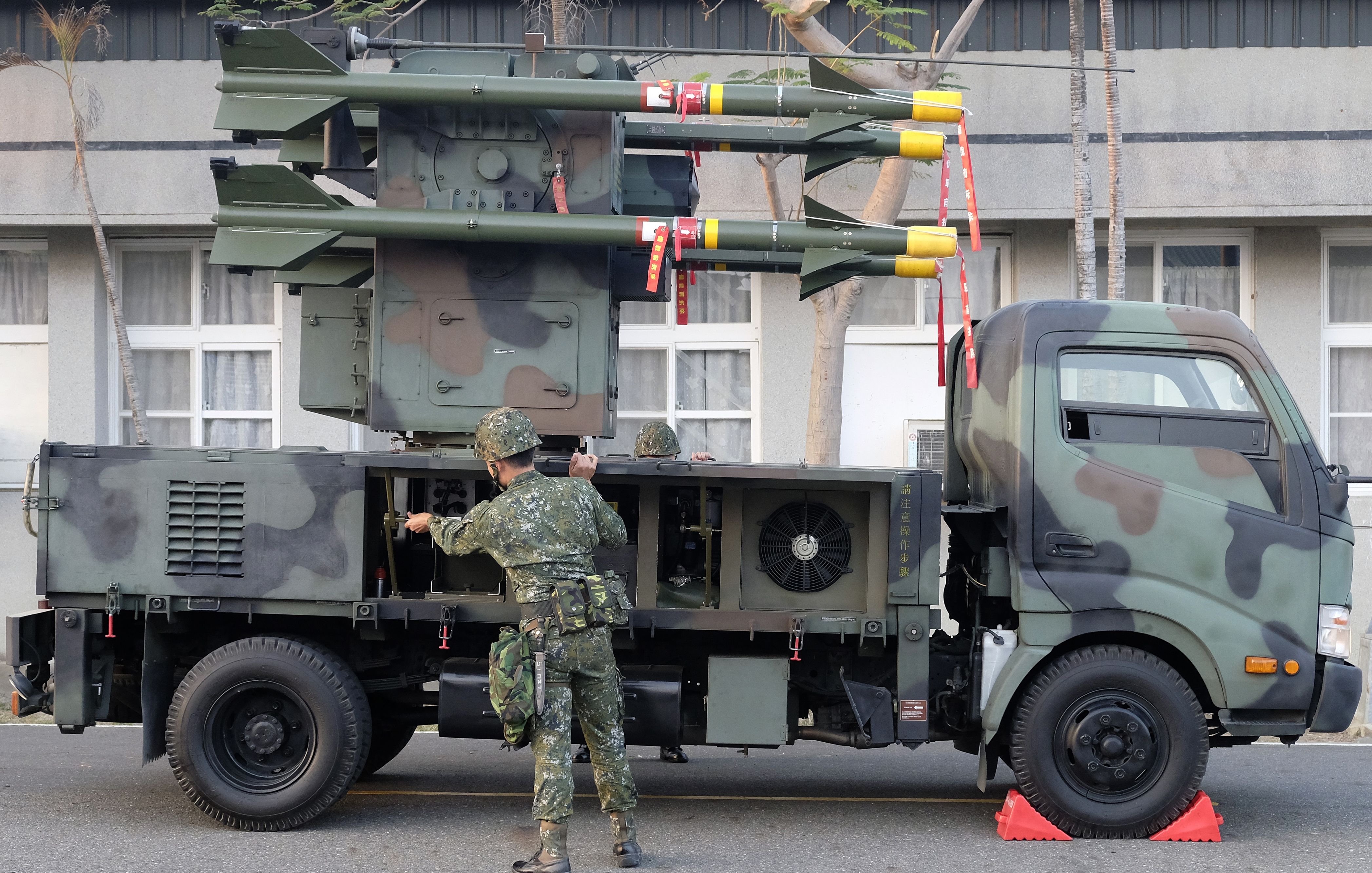
Most likely, Taiwan’s NASAMS would be deployed around major population centers to provide area air defense in the most critical areas. In particular, it would be expected to offer improved defense against low-flying cruise missiles and drones, which are challenging targets to reliably intercept.
Ultimately, the mix of capabilities and advantages that NASAMS offers may well see it go on to become a more fundamental cornerstone of Taiwan’s integrated air defense system, which faces an enormous challenge in terms of the number and variety of threats it faces.
Contact the author: thomas@thewarzone.com
